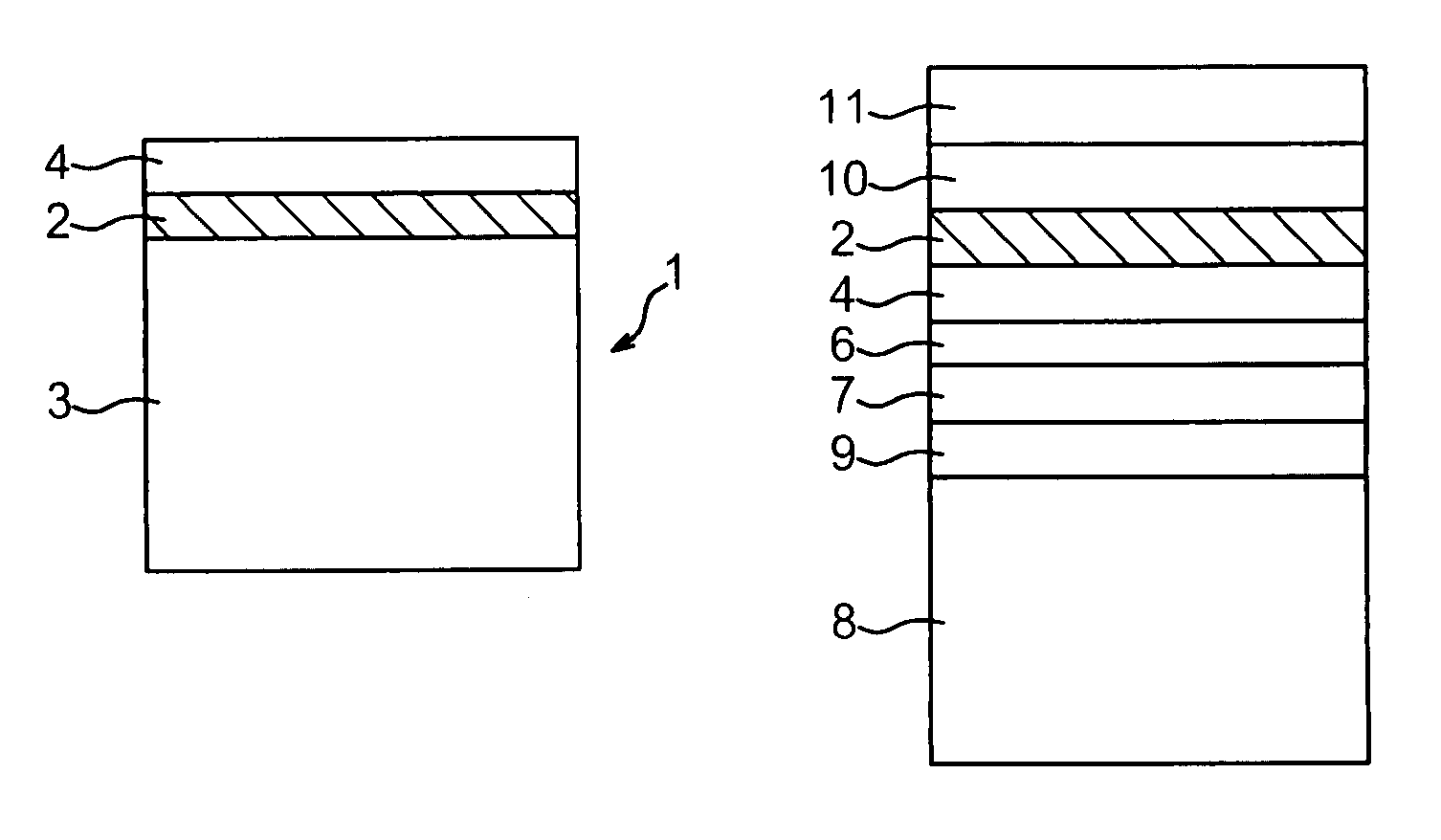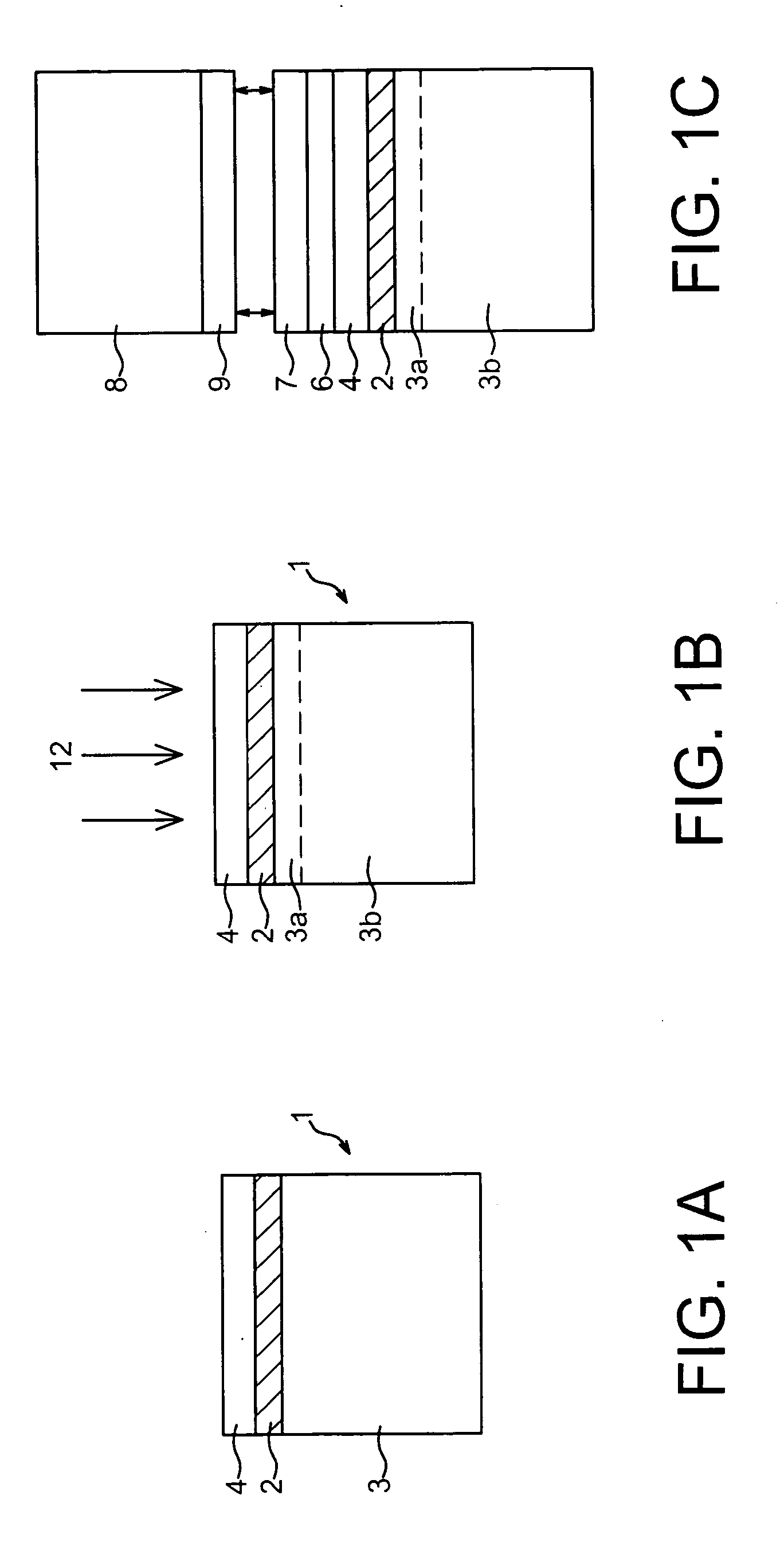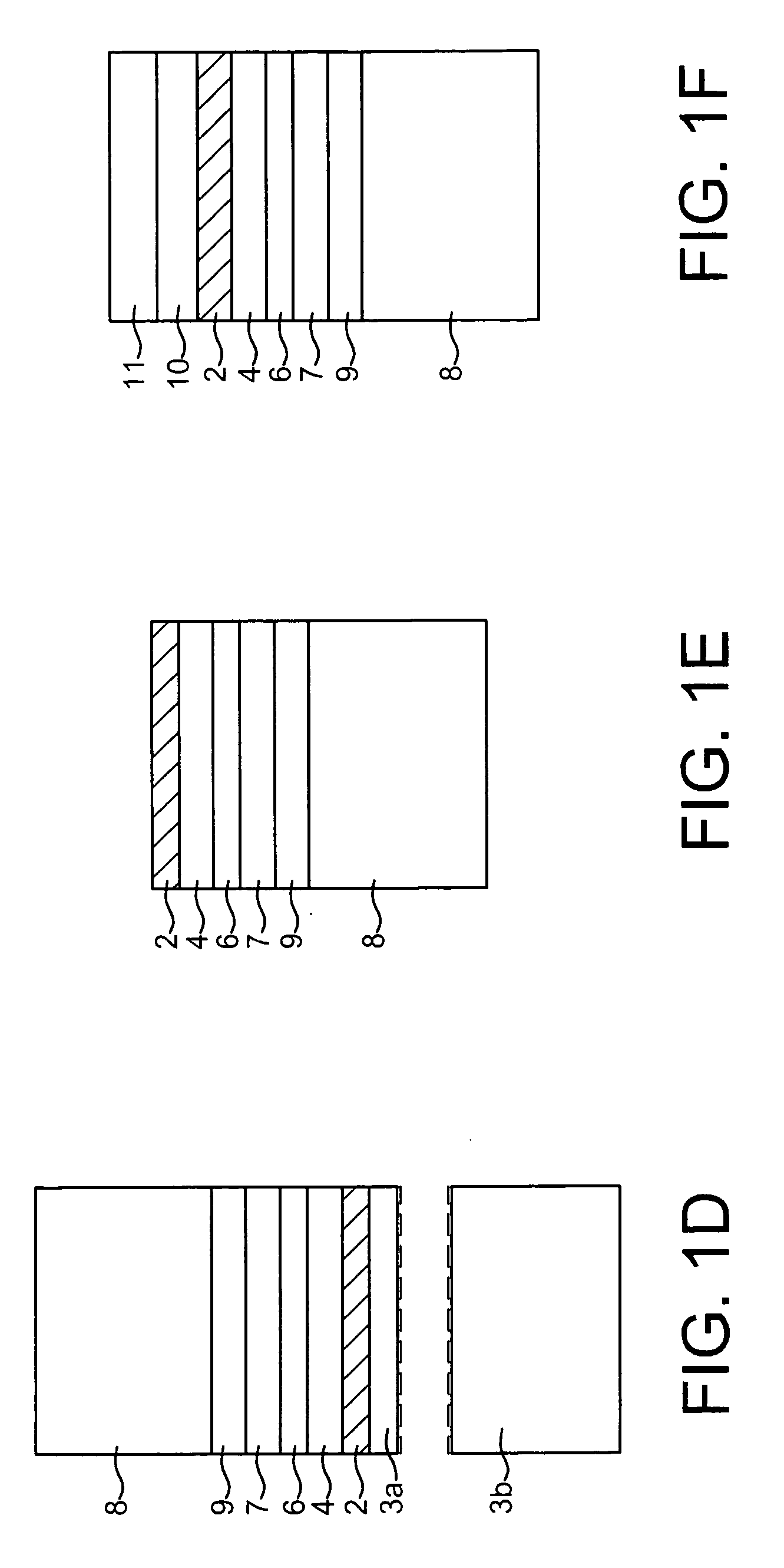Method for producing multilayers on a substrate
a technology of multilayers and substrates, applied in the direction of lasers, electrical equipment, laser details, etc., can solve the problems of raising a problem, and affecting the production efficiency of multilayers
- Summary
- Abstract
- Description
- Claims
- Application Information
AI Technical Summary
Benefits of technology
Problems solved by technology
Method used
Image
Examples
Embodiment Construction
[0013] We propose an original approach to the production of multilayers on a receiving substrate, which does not have the disadvantages mentioned above.
[0014] The invention relates to a method for producing a multilayer on a receiving substrate, which includes the following steps: [0015] the formation of an initial substrate comprising a layer of a first material formed on the surface of a supporting substrate made of a second material, wherein the first material has a higher evaporation temperature than the evaporation temperature of the second material, [0016] bonding, by means of molecular adhesion, the surface of the initial substrate comprising the first material layer to the bonding surface of a receiving substrate so as to obtain a bonded structure, [0017] partially removing the initial substrate so as to leave a thin layer of said second material on the first material layer, [0018] evaporating the second material thin film with a selective stop on the first material layer, ...
PUM
 Login to View More
Login to View More Abstract
Description
Claims
Application Information
 Login to View More
Login to View More - R&D
- Intellectual Property
- Life Sciences
- Materials
- Tech Scout
- Unparalleled Data Quality
- Higher Quality Content
- 60% Fewer Hallucinations
Browse by: Latest US Patents, China's latest patents, Technical Efficacy Thesaurus, Application Domain, Technology Topic, Popular Technical Reports.
© 2025 PatSnap. All rights reserved.Legal|Privacy policy|Modern Slavery Act Transparency Statement|Sitemap|About US| Contact US: help@patsnap.com



